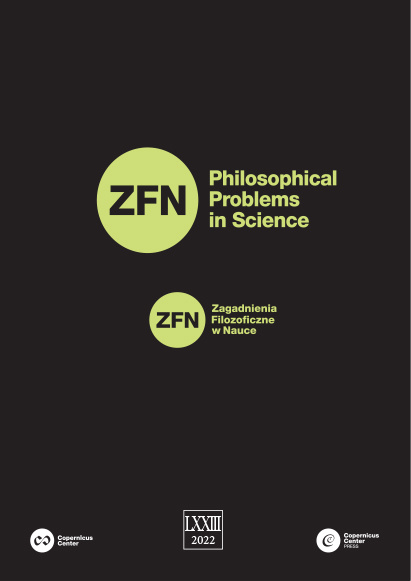Machine learning and essentialism
Machine learning and essentialism
Author(s): Kristina Šekrst, Sandro SkansiSubject(s): Philosophy, Special Branches of Philosophy
Published by: Copernicus Center Press
Keywords: essentialism; machine learning; accidental properties; similarity-based approach; pattern recognition; modal necessity
Summary/Abstract: Machine learning and essentialism have been connected in the past by various researchers, in order to state that the main paradigm in machine learning processes is equivalent to choosing the “essential” attributes for the machine to search for. Our goal in this paper is to show that there are connections between machine learning and essentialism, but only for some kinds of machine learning, and often not including deep learning methods. Similarity-based approaches, more connected to the overall prototype theory, spanning from psychology and linguistics, seem more suited for pattern recognition and complex deep-learning issues, while for classification problems, mostly for unsupervised learning, essentialism seems like the best choice. In order to illustrate the difference better, we will connect both paths to their sources in other disciplines and see how human psychology influences our decision in machine-learning modeling as well. This leads to a philosophically very interesting consequence: even in the setting of supervised machine learning, essences are not present in data, but in targets, which in turn means that the categories which purport to be essences are in fact human-made, and hand-coded in the targets. The success of machine learning, therefore, does not give any substantial evidence for the independent existence of essential properties. Our stance here is to state that neither the existence nor the lack of “essential” properties in machine learning can lead to metaphysical, i.e., ontological claims.
Journal: Zagadnienia Filozoficzne w Nauce
- Issue Year: 2022
- Issue No: 73
- Page Range: 171-196
- Page Count: 26
- Language: English

